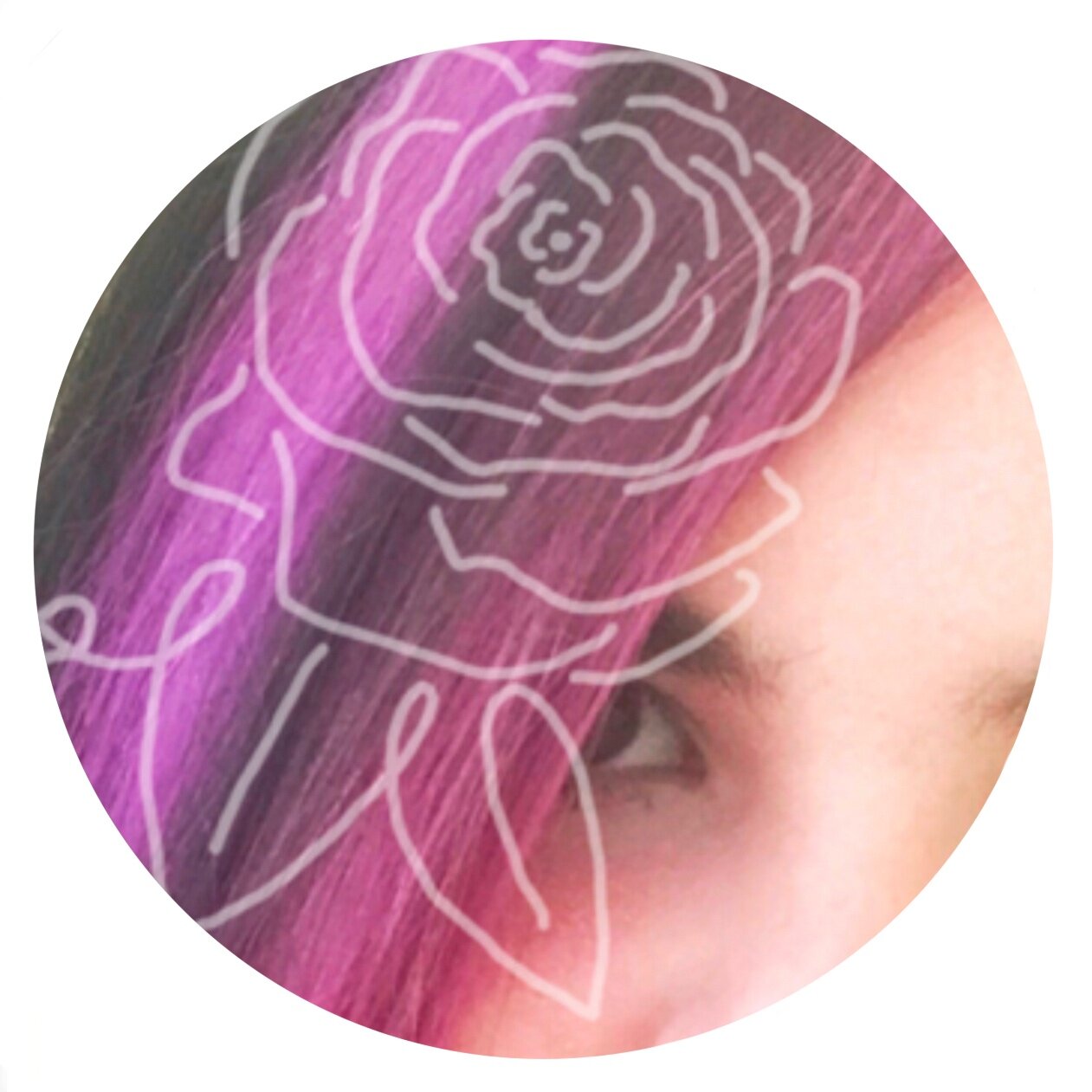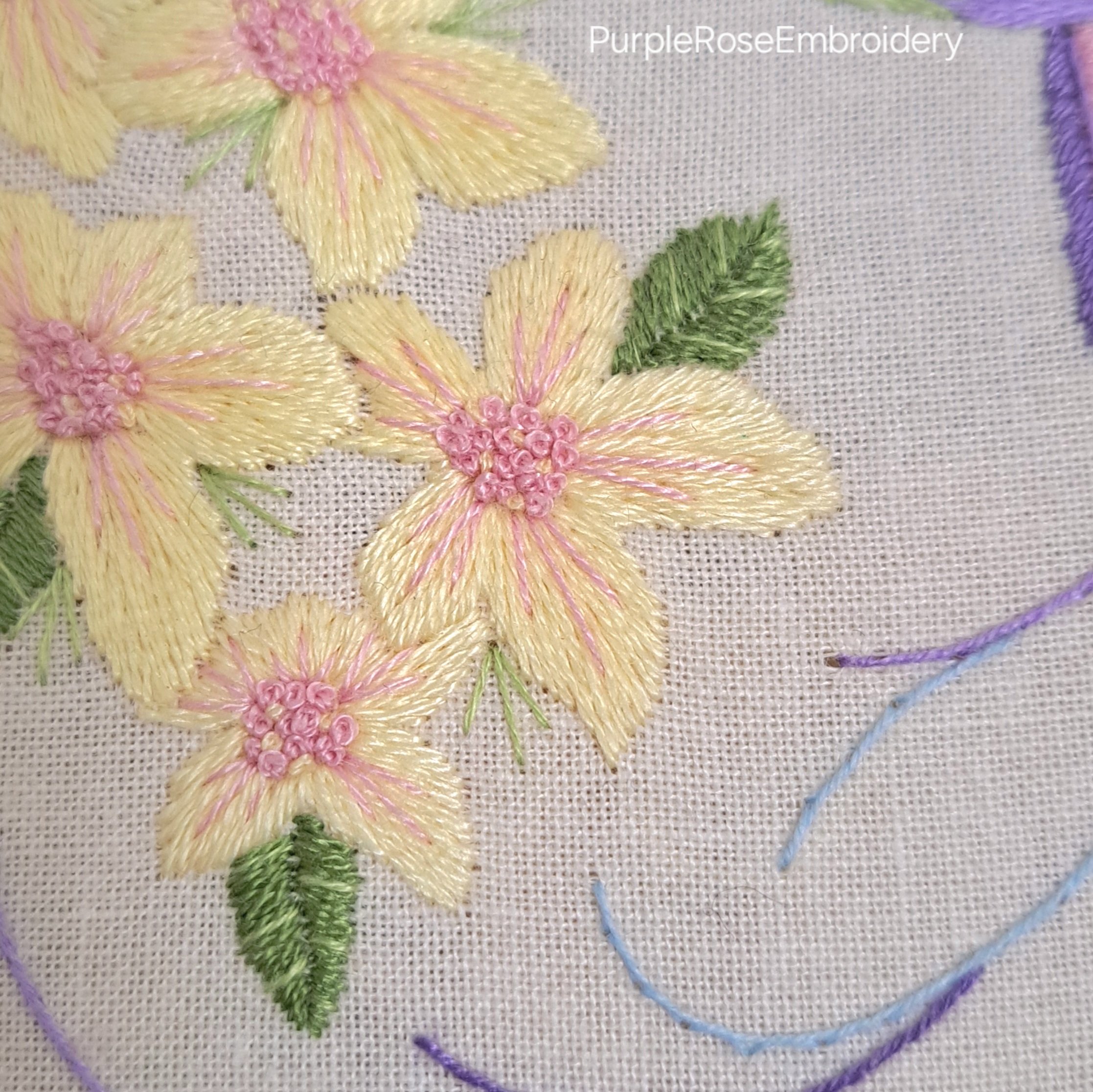Hummingbird - Free Embroidery Pattern
I really love the pastel colour pallet for this bird!
Hummingbird is a more advanced design involving some pretty tiny stitching at times. If you’d love to stitch this but aren’t super confident yet, try scaling it up! Just print the pattern transfer 2x and make sure you have a little more thread to stitch
Before you start stitching
This design is great for intermediate stitchers and beyond! Try scaling it up 2x to create a bolder finish and avoid fiddly little stitches
Materials list:
A 5 inch embroidery hoop
Cotton/linen fabric to fit (I prefer a medium to heavyweight cotton blend for my embroidery. You can use whatever you are most comfortable with)
An embroidery needle
An erasable pen or pencil to transfer the pattern to the fabric. (Pilot frixion pens are good, they are heat erasable but can leave residue on some fabrics so be sure to check on a scrap piece before using them)
A printer to print out the pattern transfer OR a tablet to use a light box to trace your transfer (instructions below)
Threads as detailed in the numbered list. The threads will be referred to as their number throughout the pattern i.e. thread 351 will be referred to as thread 1
DMC Threads list:
Thread 1 - 3840
Thread 2 - 31
Thread 3 - 3837
Thread 4 - 209
Thread 5 - 3689
Thread 6 - 3078
Thread 7 - 703
Thread 8 - 937
Transferring your pattern to the fabric:
To trace the embroidery pattern from a tablet:
Download the embroidery pattern to your tablet making sure that the screen is the same size or bigger than your embroidery hoop
Place the fabric in the embroidery hoop and pull tight (this will make it easier to trace)
Make sure that the pattern is displayed at the right size for the embroidery hoop, turn up the screen brightness to full and place the fabric in the embroidery hoop over the screen so that the pattern can be seen centrally through it
Trace your pattern using an erasable pen or pencil
Top tip: Just trace the outlines, don’t worry about the numbers for now as you can refer back to the pattern for these as you stitch
To trace the embroidery pattern on to your fabric using a printed pattern:
Download and print the embroidery pattern on A4 paper (or equivaent). It will print the correct size for a 6 inch embroidery hoop
Put the cotton fabric in your embroidery hoop and stretch it tight
Place the printed pattern on a flat surface and the cotton fabric in the hoop on top so that the pattern is central in the hoop
You can now trace the embroidery pattern on to your fabric using an erasable pen or pencil
Top tip: try taping the embroidery pattern to window to trace, as the light coming from behind will make it easier to see the lines
To print the embroidery pattern on to your cotton fabric:
Download the embroidery pattern
Take a full page A4 printer label and stick it to your fabric making sure there are no creases in the fabric
Cut around the label as accurately as you can
Place the label and fabric in an inkjet printer, use the rear tray if you can as this will be an easier path for it
Print the embroidery pattern on to the fabric
Remove the label and place the fabric in your embroidery hoop
Please note that this method can leave small amounts of ‘fluff’ in your printer. I have printed 100s of pieces of fabric like this and have had no problems but use this method at your own printers risk!
The Colour Placement Diagram
Refer to this throughout for where to use each thread colour
Let’s Get Stitching!
A single strand of thread is used throughout this design
The Flowers
Step one: Silk stitch the petals of each flower in thread 6. The direction of your stitches should be from the centre of the flower to the top of the petal. This will create a slight fan to your stitches on each petal
Step 2: Using thread 5 stitch 3 straight stitches along the line of each petal, over your existing stitching, (these are indicted in the pattern transfer piece)
Step 3: Using thread 5 and thread 6 (separately, not on the same needle), fill the centre of each flower with french knots
Step 4: Using thread 8, silk stitch each leaf in two halves. Angle the direction of your stitches diagonally towards the base of the leaf so that the two halves when stitched together create a ‘v’ shape in the centre line of the leaf
Step 5: Add the small groups of straight stitches amongst the flowers using thread 7. Also using this thread, silk stitch the stalk for the topmost flower
Step 6: Add a few straight stitches to the leaves, over the existing stitching, on each side using thread 7. These stitches should be in line with the silk stitches they are covering
The Bird
Step 1: Using thread 5, silk stitch all feathers on the wing and tail marked 5, shown on the colour placement diagram. The direction of the stitches should be across each feather short ways, not following along the line of the wing
Step 2: Using thread 4 and thread 3, repeat the same process as above
Step 3: Using thread 2, silk stitch the feathers in the tail marked 2
Step 4: Split stitch down the centre line of each feather using thread 4
Step 5: Silk stitch the eye of the bird using thread 2. Your stitches should be horizontal. Add a single french knot to the upper right of the eye using thread 6
Step 6: Using thread 1 add a line of parallel single detached chain stitches to the wing that slightly overlap the start of the silk stitched feathers. this should create a ruffly texture and will blend the stitching your about to do into the wing stitching
Step 7: The body of the bird is stitched using long and short stitch. The colour areas are shown on the coloured diagram. Start from the beak of the bird and work down the body of the bird blending in the colours as you go (your stitches should also follow this direction i.e. along the body)
For help with this check out my Threadpainting In Depth YouTube series where you can find a detailed explanation of this technique
Step 8: Add some small straight stitches in thread 6 to the belly of the bird, place them randomly but make sure their direction follows the line of the existing stitching
Step 9: Using thread 2 add a single straight stitch for the beak
Step 10: Using whipped backstitch, stitch the long tendril like tail feathers. Use a mixture of threads 5, 6, 7, and 8 as shown on the colour placement diagram
To do whipped backstitch, first backstitch the line you want to complete. Then bring your needle up at the end of the line you have stitched and travel back down the line weaving your needle under each stitch, in the same direction each time, as you go.
If you liked this hummingbird design, check out Edward the Kingfisher! A perpetual bestseller this quintessentially British bird is texture packed stitching experience with a bright colourful finish
We’re revisiting another Toadstools design for next months blog post pattern, but this time a redesigned blackwork version!
Keep your eyes peeled and pop over to my instagram stories to see updates of me stitching it right now




